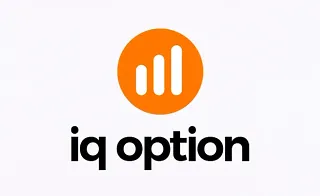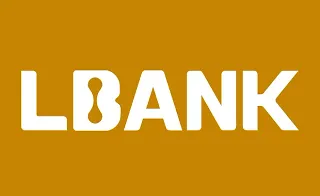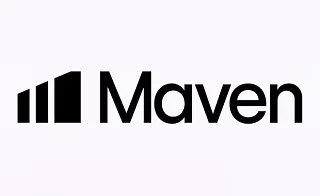Impulse Wave Elliott (also called Elliott impulse waves) represent the basic structure of price movement in the market and act as a powerful tool for predicting future price trends.
Using these waves as part of a trading strategy in technical analysis enables traders to identify entry and exit points with greater accuracy.
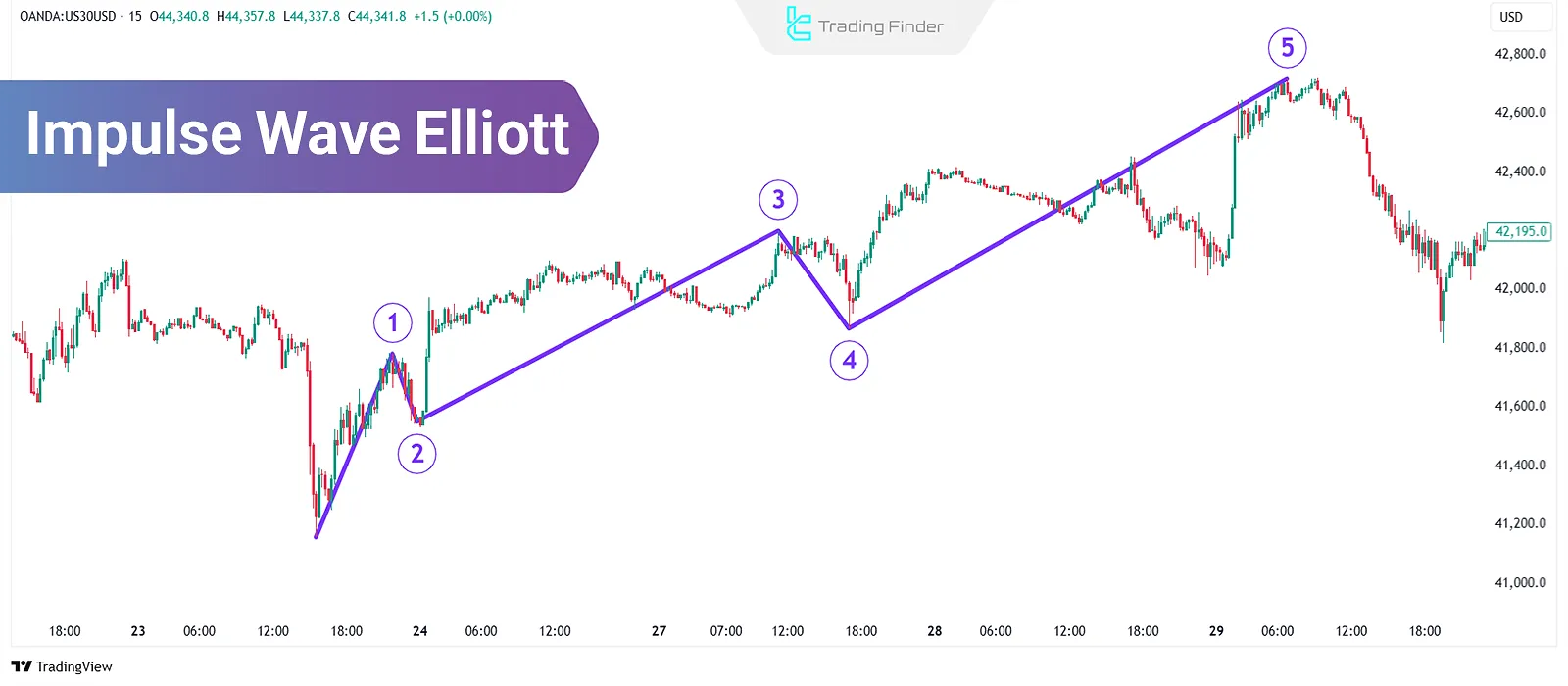
What are Impulse Waves?
impulse wave elliott illustrate the main structure of price movement in the direction of the dominant market trend.
These waves play a key role in identifying phases of price increase or decrease and form the foundation of many traders’ analysis.
The five-wave impulse structures follow specific rules. By recognizing them correctly and combining with support and resistance or Fibonacci levels, traders can capture high risk-to-reward opportunities.
Types of Impulse Waves
Elliott wave impulse patterns consist of 5 sub-waves and are divided into two main types:
- Terminal Impulse Wave
- Standard (Trending) Impulse Wave
Differences Between Terminal and Standard Impulse Waves
Both terminal and standard impulse wave elliott belong to the category of leading or driving waves. However, the most notable difference lies in the behavior of wave 4.
If wave 4 does not enter the territory of wave 2 and begins before wave 5 is reached, the impulse wave in question is classified as terminal; Otherwise, it is considered standard.
In the following, we will examine the differences between terminal and standard elliott wave impulse patterns.
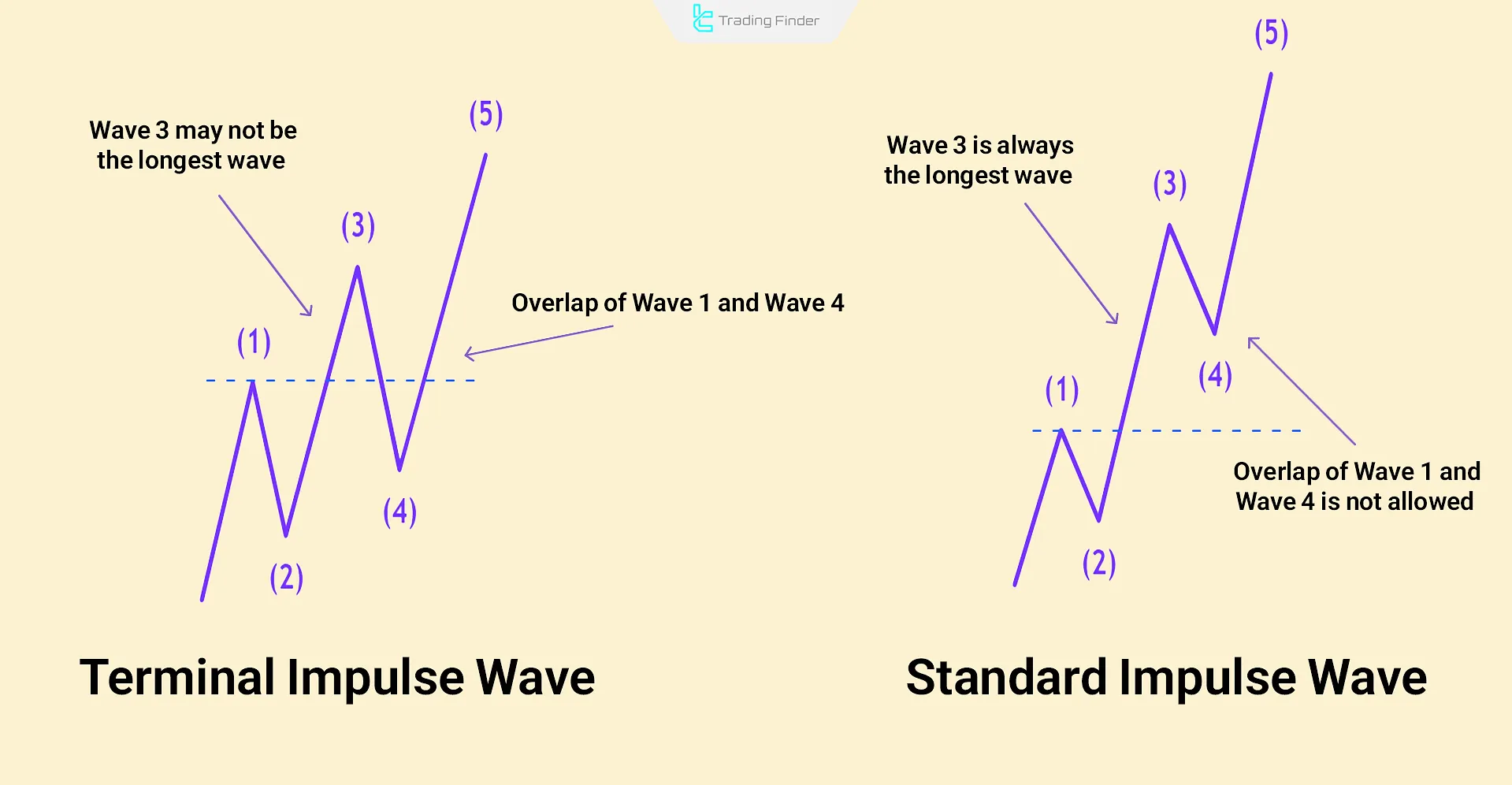
Differences Between Terminal Impulse Waves and Standard Impulse Waves:
Feature | Terminal Impulse | Standard Impulse |
Structure | May appear as zigzag (5-3-5 substructure) | Usually one flat/sideways and the other zigzag |
Corrective Waves (2 & 4) | With overlap | Without overlap |
Wave 1 & 4 Overlap | Possible overlapping | No overlap |
Wave 3 | Can be the shortest | Never the shortest |
Location in Trend | Appears at the end of main wave or corrective wave C | Appears in waves 1, 3, or 5 of the main trend |
Market Behavior | End of a strong trend; often with divergence and weakening momentum | Continuation of main trend; strong with higher volume |
Chart Appearance | Dense, diagonal, with slower progression | Strong, clear, directional without overlaps |
Rules and Structure of Impulse Wave elliott
Impulse wave elliott are formed by 5 smaller sub-waves following this sequence:
- Wave 1: Start of price movement in a new trend direction;
- Wave 2: Partial retracement of wave 1;
- Wave 3: The strongest and longest wave with the highest volume and momentum;
- Wave 4: Correction of wave 3;
- Wave 5: Final movement in the main trend, sometimes accompanied by divergence.
Identifying Elliott Impulse Waves on Price Charts
Identifying elliott impulse wave on charts is a key skill in technical analysis. The first step is to determine the main trend, usually by looking at higher time frames.
Then, look for price patterns with 5 waves in the trend direction and 3 waves against it. Correct recognition and interpretation require deep understanding of price dynamics and precise chart analysis.
Note: To anticipate future price moves, recognize the completed impulse waves and corrective waves. For example, after the end of corrective waves, a five-wave impulse sequence begins.
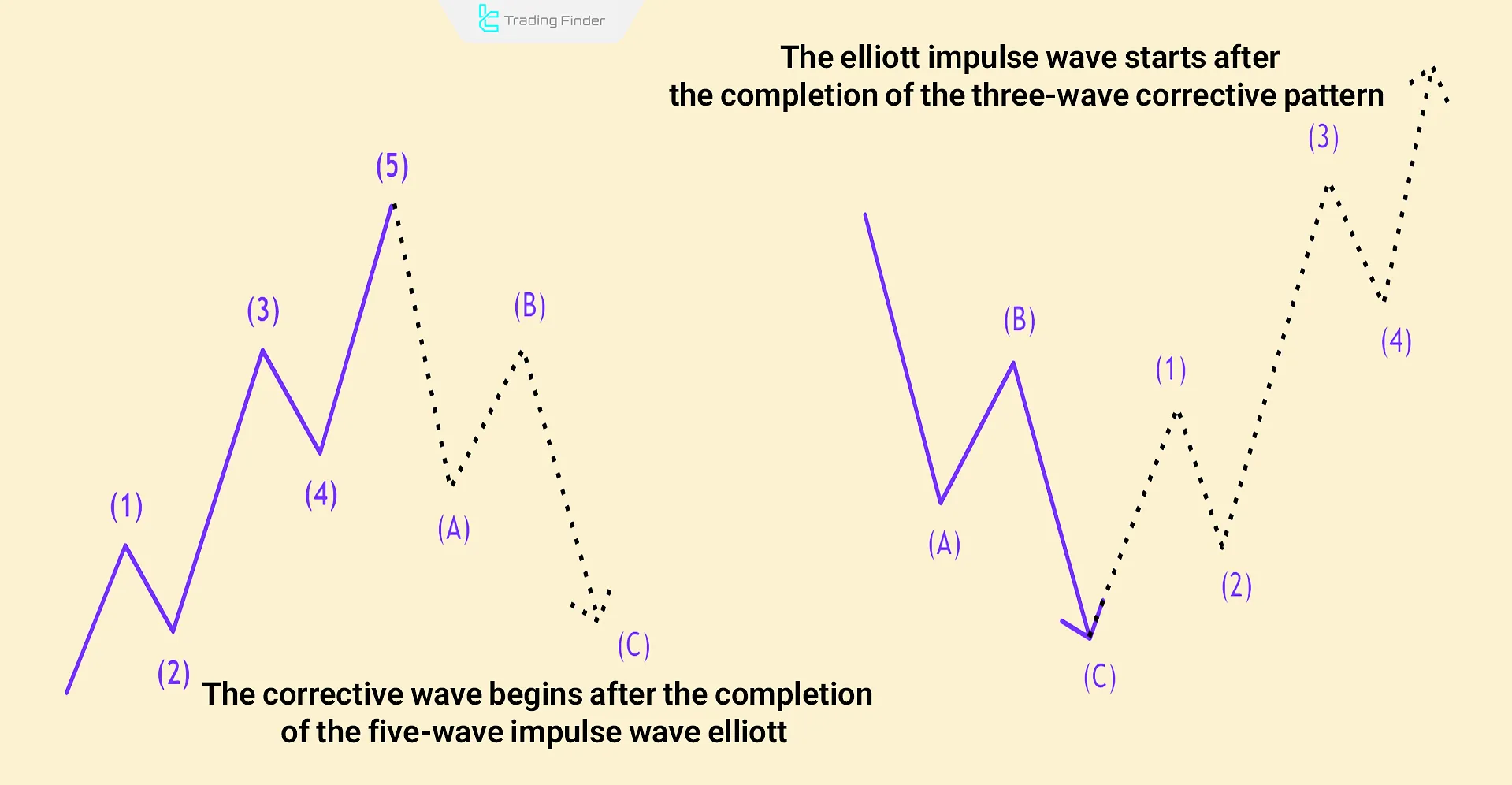
Advantages and Disadvantages of Using Elliott Impulse Waves
In the following, we will address the advantages and disadvantages of using Elliott impulse waves or leading waves:
Advantages | Disadvantages |
Identifies the main market trend | Wave counting is complex and requires expertise |
Provides understanding of core Elliott structure | Potential for multiple interpretations among analysts |
Enables Fibonacci ratio targeting | High dependence on technical confirmations |
Can be combined with indicators to enhance accuracy | High risk if wave endings are misidentified |
Applicable across multiple time frames | Possibility of incomplete fifth wave |
Conclusion
Impulse Wave Elliott (elliott wave impulse patterns) are five-wave price structures that follow strict rules.
They are divided into Standard Impulse and Terminal Impulse, with the main difference lying in the correction behavior of wave 4.
By recognizing the cycle of impulse and corrective waves, traders can forecast future market movements. Once a five-wave impulse sequence completes, a three-wave corrective structure typically follows.
